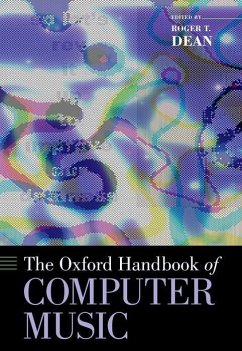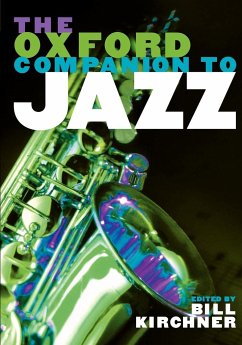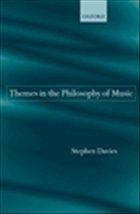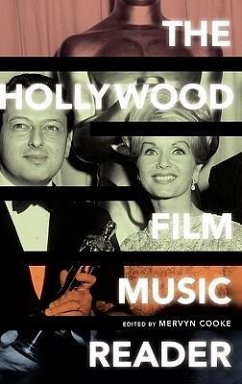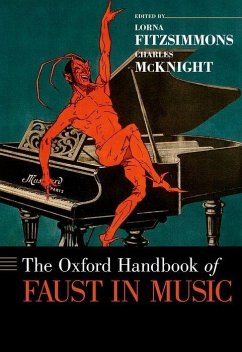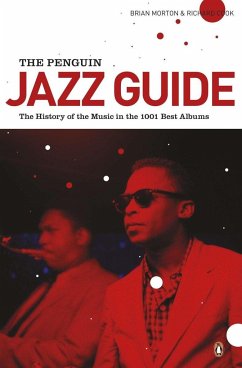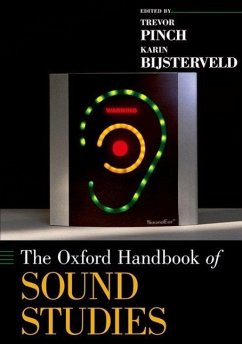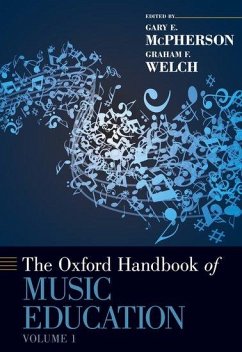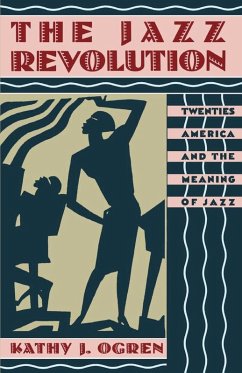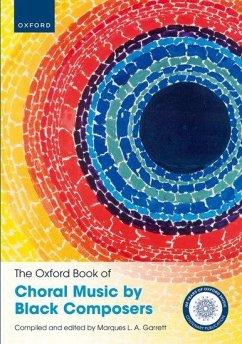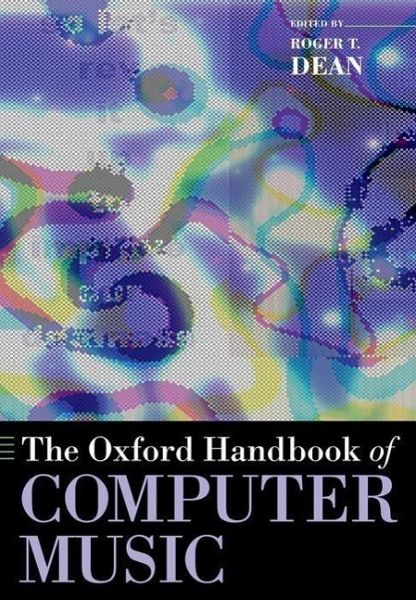
The Oxford Handbook of Computer Music
Versandkostenfrei!
Versandfertig in 1-2 Wochen
69,99 €
inkl. MwSt.
Weitere Ausgaben:

PAYBACK Punkte
35 °P sammeln!
The Oxford Handbook of Computer Music provides a state-of-the-art cross-section of the most field-defining topics and debates in the field of computer music today. From music cognition to pedagogy to sociocultural analyses, this handbook situates computer music in the broad context of its creation and performance across the full range of issues that crop up in contemporary discourse in the field.





